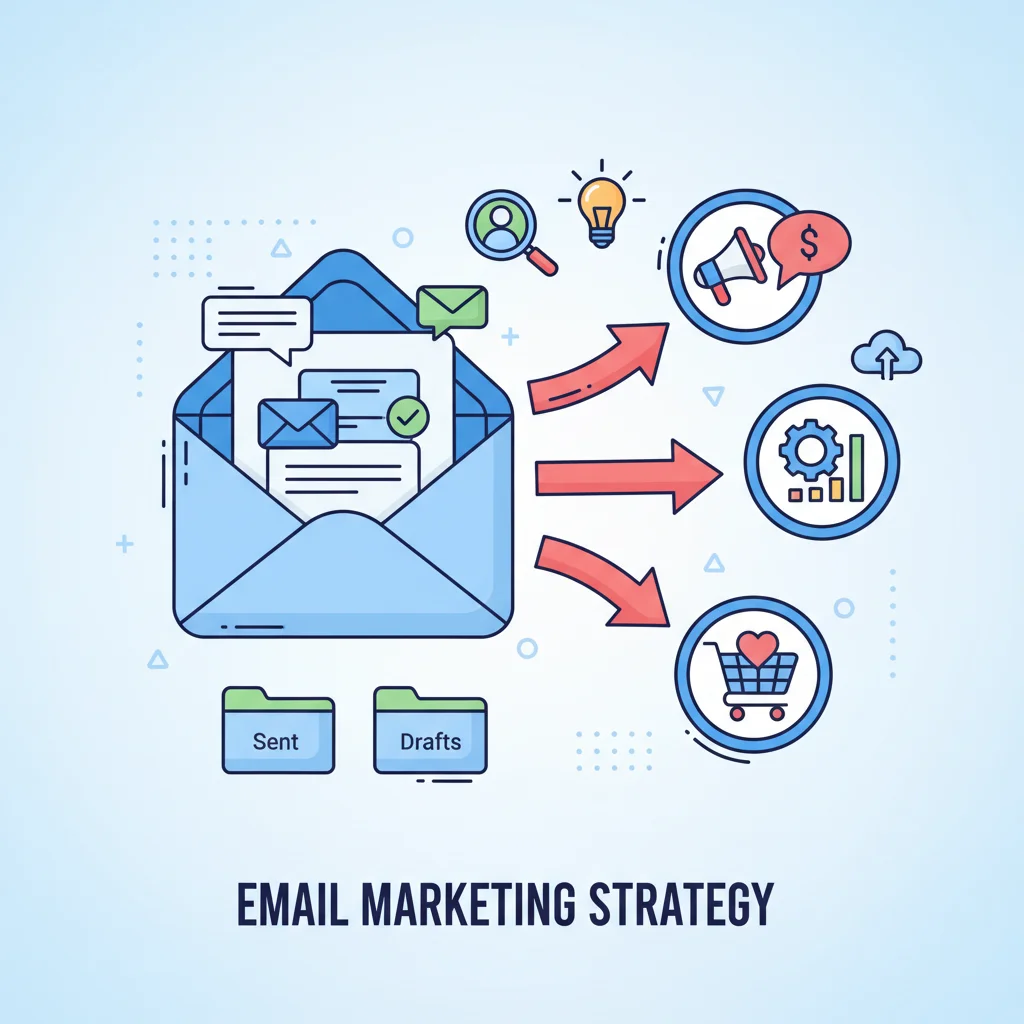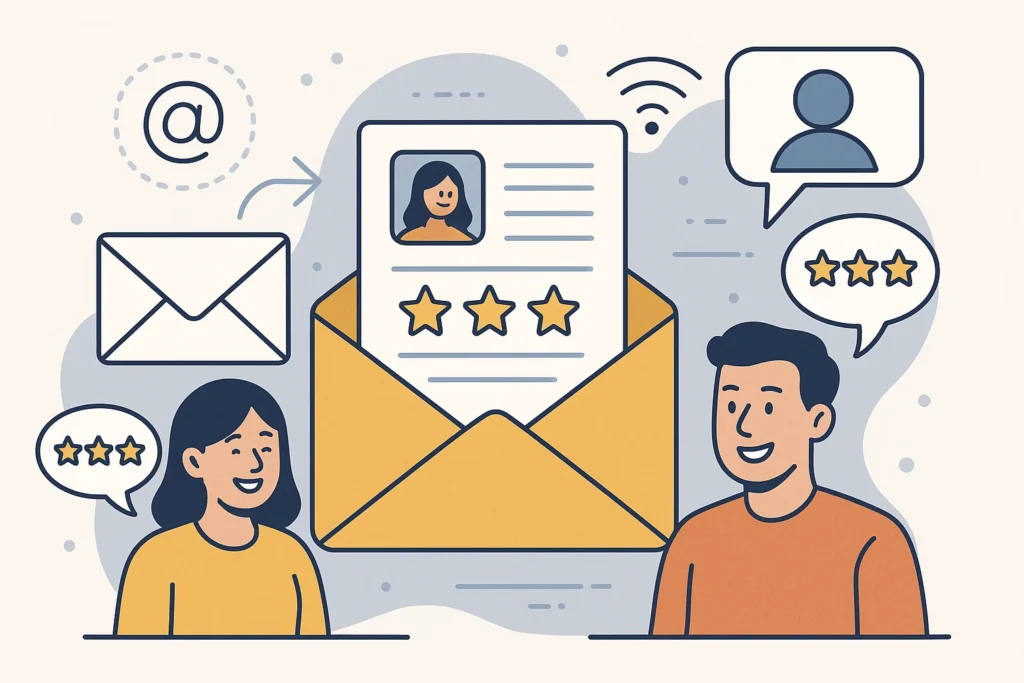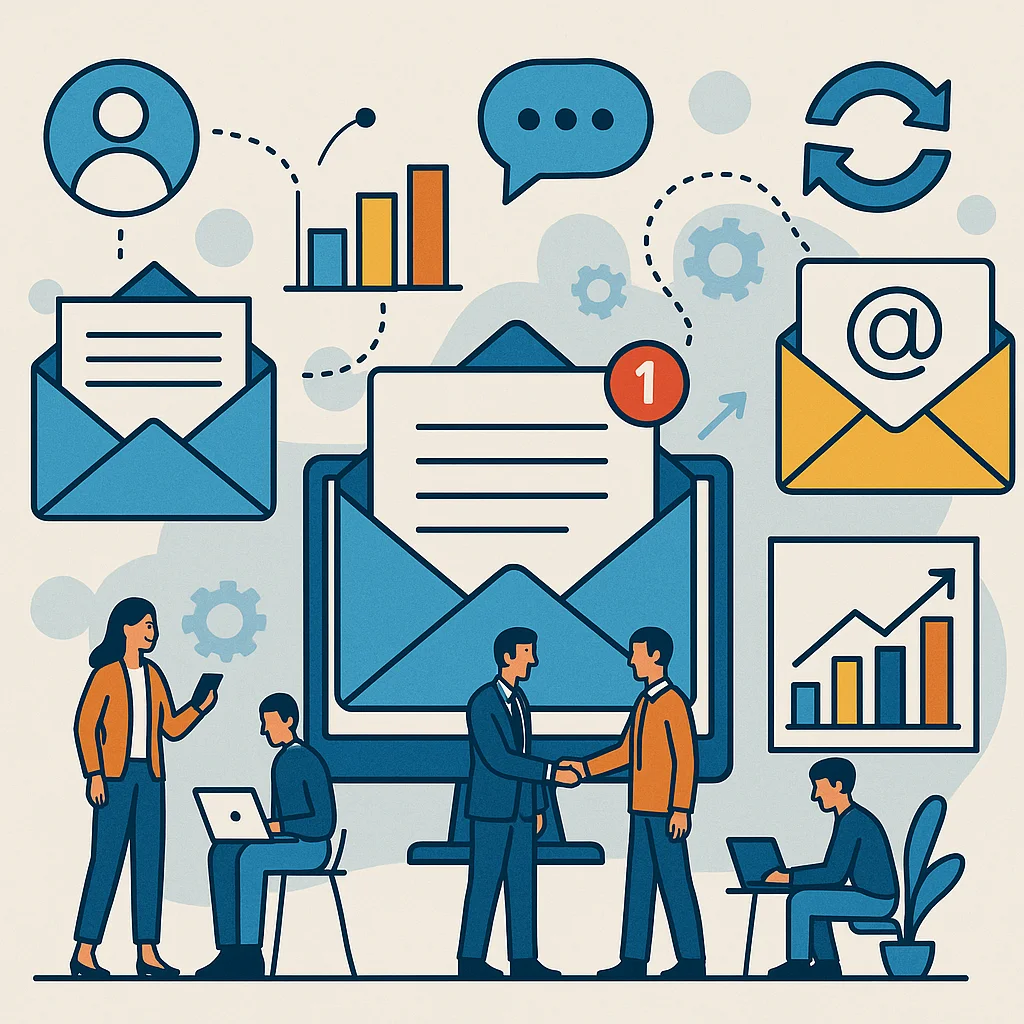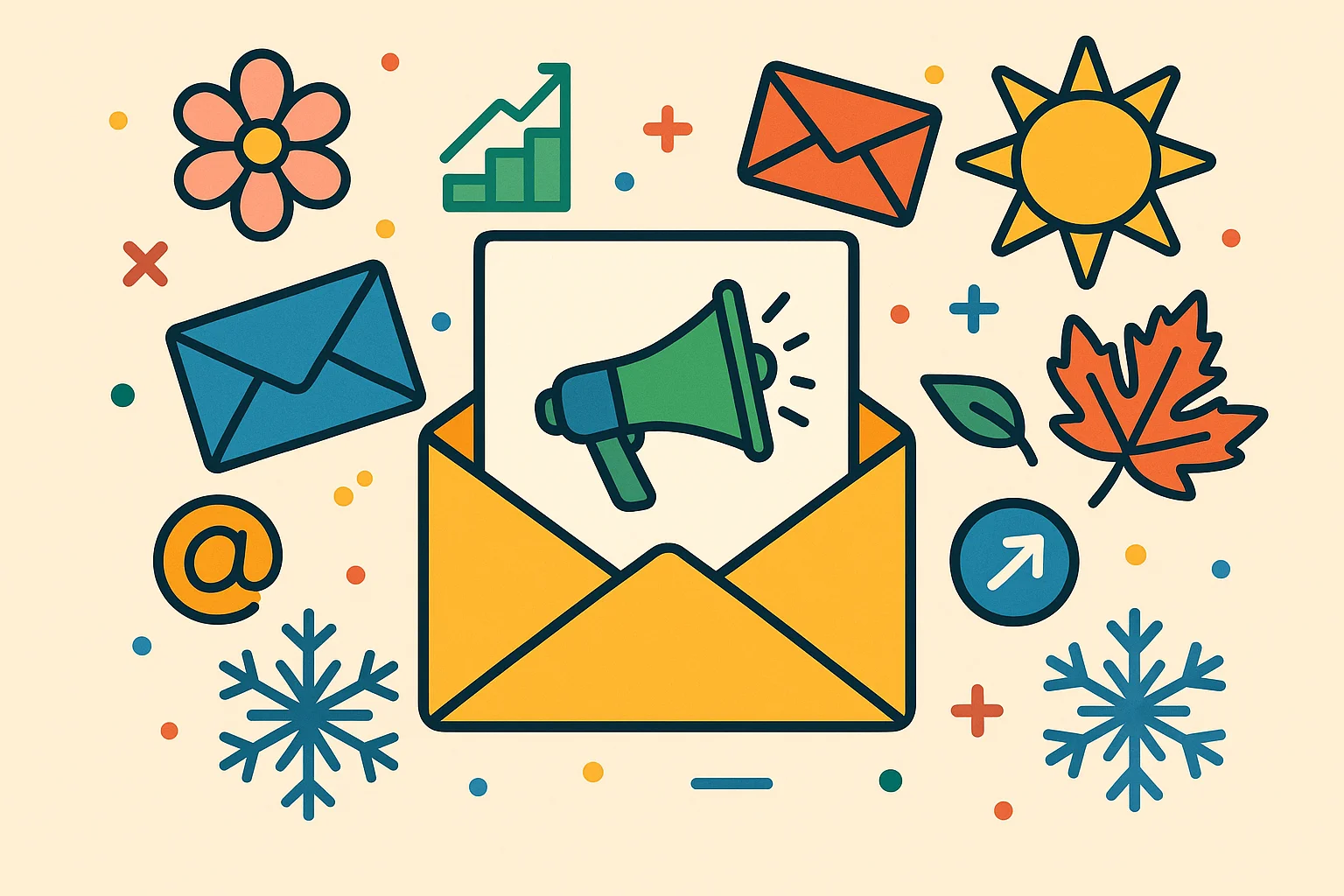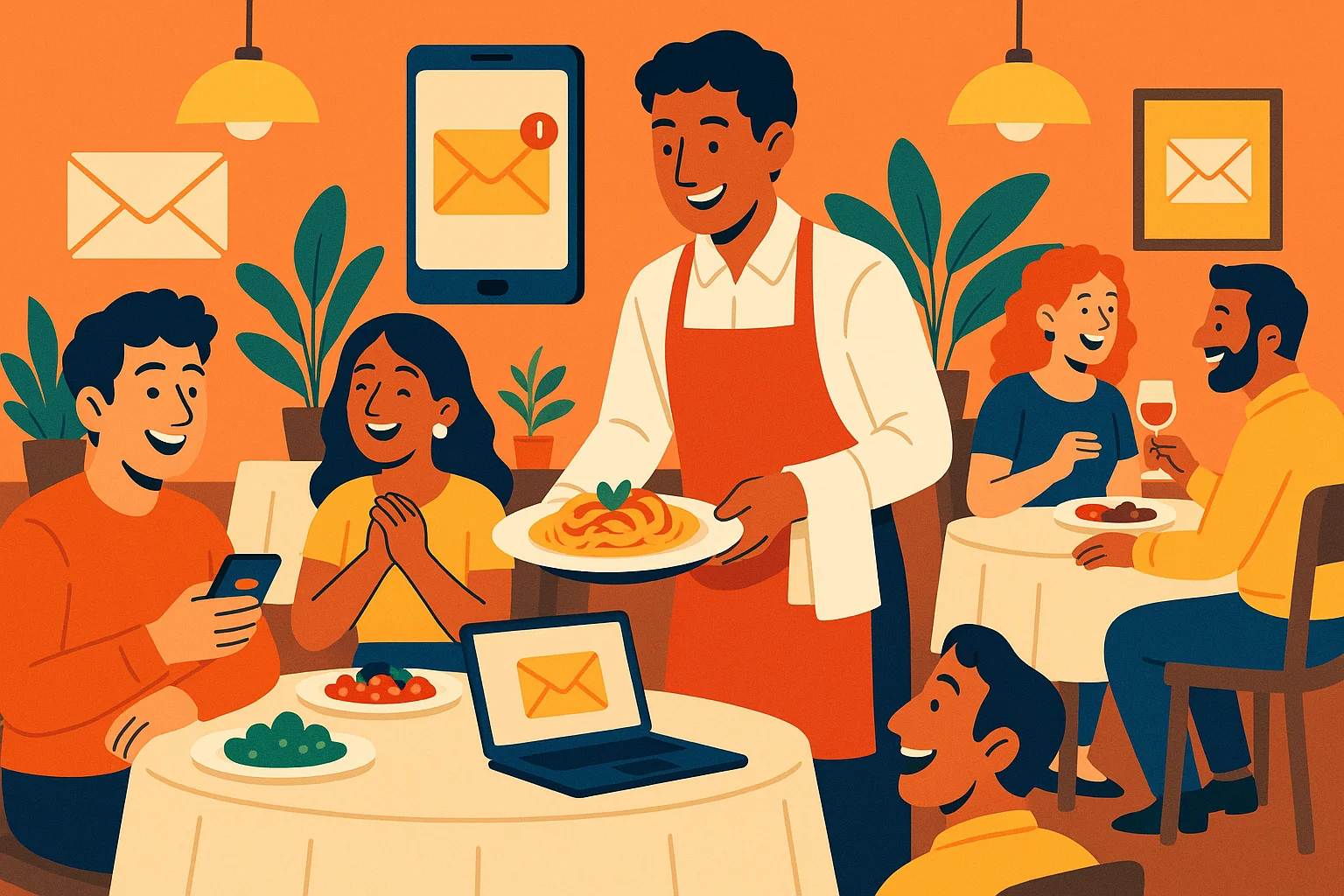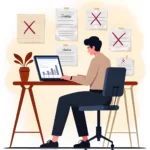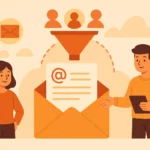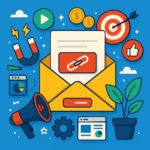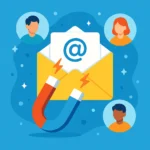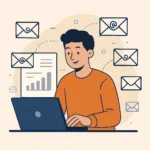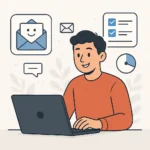Now Reading: 7 Proven Email Marketing Personalization Best Practices
-
01
7 Proven Email Marketing Personalization Best Practices
7 Proven Email Marketing Personalization Best Practices
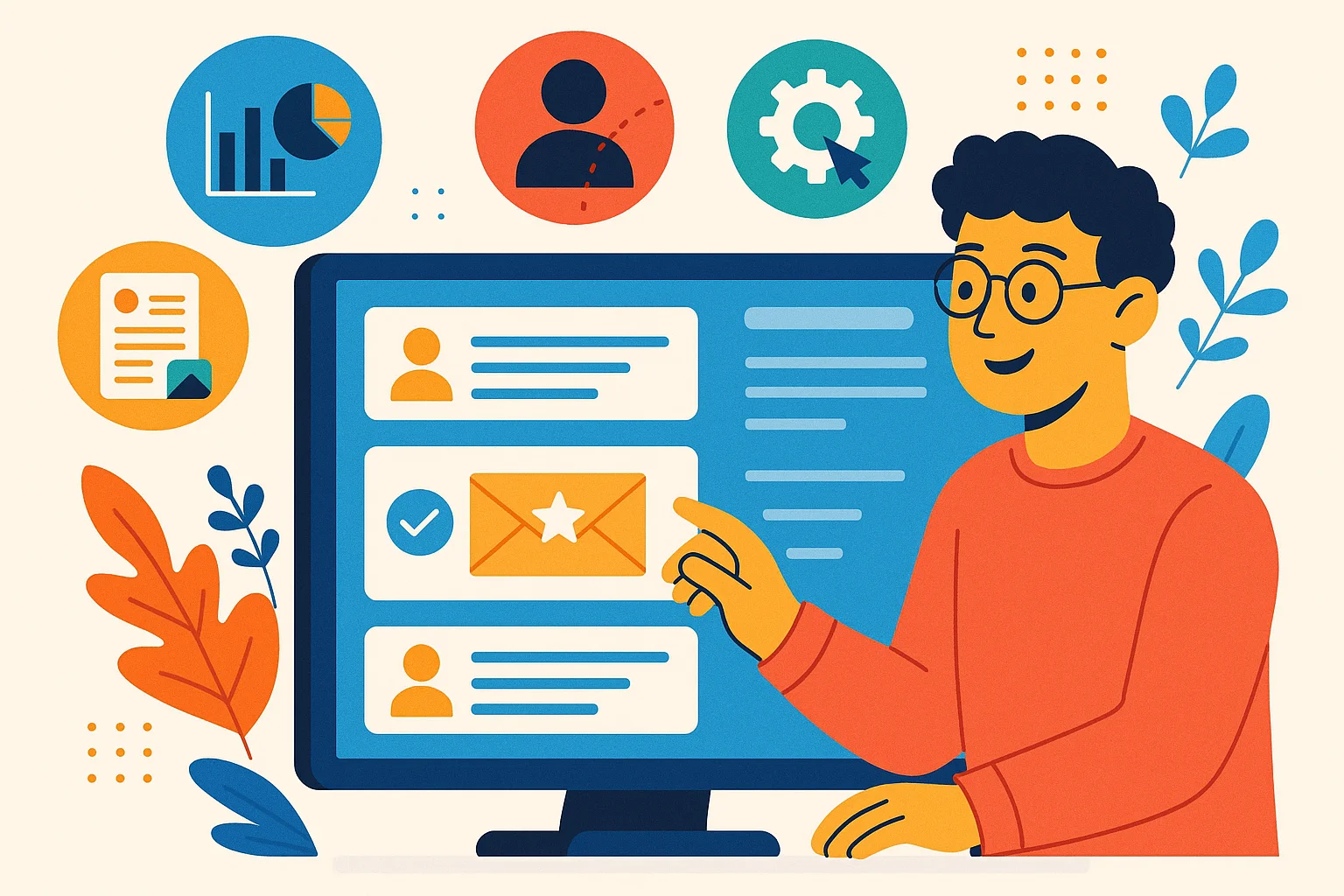
Stop pretending that adding someone’s first name to your subject line counts as personalization. Your subscribers see right through it, and frankly, they deserve better. Real email marketing personalization best practices involve understanding your audience so well that every email feels like it was crafted specifically for them. I’m about to show you exactly how to make that happen, using strategies that actually work in today’s crowded inbox landscape.
Key Takeaways
Email marketing personalization best practices go far beyond using first names. Here’s what actually moves the needle:
- Collect and organize comprehensive data – Use zero-party, first-party, and behavioral data to build detailed customer profiles
- Segment audiences strategically – Create super-segments based on purchase behavior, browsing history, and lifecycle stage
- Personalize timing and frequency – Send emails when subscribers are most likely to engage, customized to their time zones
- Use dynamic content and behavioral triggers – Implement real-time content that adapts based on customer actions and preferences
- Go beyond subject lines – Personalize email content, images, product recommendations, and calls-to-action
- Test and optimize continuously – A/B test personalization elements and always include fallback options for missing data
Collect And Organize Your Data Like A Detective
The foundation of effective email marketing personalization best practices starts with data – but not just any data. You need to become a digital detective, gathering clues about your subscribers from every possible touchpoint[1].
Zero-Party Data: The Gold Mine
Zero-party data is information your subscribers willingly give you through surveys, polls, or preference centers. This is pure gold because it’s explicit and intentional[1]. Here’s how to collect it:
- Add simple questions to your signup forms (but don’t overwhelm!)
- Send welcome sequence surveys asking about content preferences
- Use interactive polls in your emails
- Create preference centers where subscribers can customize their experience
First-Party Data: Your Secret Weapon
First-party data comes from tracking subscriber behavior on your website and email interactions[1]. This includes:
- Browsing history and time spent on pages
- Purchase patterns and frequency
- Email engagement metrics (opens, clicks, time spent reading)
- Social media interactions with your brand
Behavioral Triggers That Actually Work
Setting up behavior-triggered email automation is like having a personal assistant who never sleeps[4]. Here are some powerful triggers to implement:
- Product page visits without purchase
- Cart abandonment (obviously)
- Repeat purchases of consumable items
- Milestone achievements (anniversaries, birthdays)
- Engagement drops (haven’t opened emails in 30+ days)
Subject: Still thinking about those Nike Air Max?
Hi Sarah,
I noticed you spent some time checking out the Nike Air Max 270s yesterday.
Good choice – they're flying off our shelves!
Just wanted to let you know they're still available in your size (8.5),
but we only have 3 pairs left in the white colorway you were looking at.
[Shop Nike Air Max 270 - Size 8.5]
Questions? Just hit reply – I'm here to help!
Best,
Mike from SneakerWorldUseful Articles:
Segment Your Audience Like A Pro
Generic email blasts are dead. Email marketing personalization best practices require you to slice and dice your audience into meaningful segments that actually reflect how people behave[1].
Customer Lifecycle Segmentation
Create super segments based on where subscribers are in their journey with your brand[1]:
New Subscribers (0-30 days)
- Focus on education and brand introduction
- Share your story and values
- Provide helpful content without being salesy
Engaged Prospects (31-90 days)
- Send targeted product recommendations
- Share social proof and testimonials
- Offer first-purchase incentives
Active Customers (made 1-2 purchases)
- Cross-sell complementary products
- Ask for reviews and feedback
- Provide usage tips and tutorials
Loyal Customers (3+ purchases)
- Offer exclusive previews and early access
- Request referrals and user-generated content
- Provide VIP customer service options
High-Value Customers (top 20% spenders)
- Give white-glove treatment
- Offer premium products and services
- Invite to exclusive events or programs
Behavioral Segmentation That Works
Don’t just segment by demographics – segment by actions and interests[3]:
- Category browsers (people who consistently look at specific product types)
- Sale shoppers (only purchase during promotions)
- Brand loyalists (stick to specific brands within your catalog)
- Gift buyers (purchase patterns suggest buying for others)
- Mobile-first users (primarily engage via mobile devices)
Subject: Your favorite skincare brands just dropped new products
Hi Jessica,
I know you love Glossier and The Ordinary (great taste, by the way!),
so I wanted to give you a heads up about some exciting new launches.
Glossier just released their new Olivia Rodrigo collection, and
The Ordinary has a new retinol formula that's getting rave reviews.
Since you usually shop during our Friday sales, I'll make sure you
get early access to this week's 20% off promotion.
[Shop New Glossier Collection]
[Check Out The Ordinary's Latest]
Happy shopping!
EmmaMaster Subject Line Personalization Beyond Names
Using someone’s first name in the subject line can increase open rates by 26%, but that’s just the beginning[19]. Real email marketing personalization best practices involve crafting subject lines that speak to individual interests and behaviors[2].
Advanced Subject Line Techniques
Reference Recent Behavior
Instead of: “Hi Sarah, check out our sale”
Try: “Sarah, that dress you loved is now 30% off”
Use Location-Based Personalization
Instead of: “Weekend plans?”
Try: “Perfect hiking weather in Denver this weekend”
Leverage Purchase History
Instead of: “New arrivals are here”
Try: “New Nike running shoes (just like the ones you bought)”
Create Urgency with Personal Context
Instead of: “Sale ends soon”
Try: “Your cart expires in 2 hours, Sarah”
Subject Line Personalization Examples
* "Your Spotify Wrapped is here, Mike!" (milestone personalization)
* "Still thinking about those AirPods?" (behavioral follow-up)
* "Happy Birthday! Here's a little something from us" (date-based)
* "Your usual coffee order is back in stock" (purchase pattern)
* "Chicago foodies: New restaurant just opened near you" (location + interest)Useful Articles:
Create Dynamic Content That Adapts
Dynamic content is where email marketing personalization best practices get really exciting. Instead of creating dozens of different emails, you create one email that automatically adapts based on who’s reading it[4].
Product Recommendation Blocks
Smart product recommendations can increase revenue by showing subscribers items they’re actually likely to buy[5]:
- “Recently viewed” sections for browsers
- “Frequently bought together” for cross-selling
- “Customers like you also bought” for discovery
- “Restock favorites” for repeat purchasers
Subject: Handpicked just for you, Alex
Hi Alex,
Based on your love for minimalist home decor, I've curated some pieces
I think you'll absolutely love:
[Dynamic Product Block - Shows different products based on browsing history]
For Alex (browsed modern lighting):
- Scandinavian pendant lights
- Minimalist table lamps
- Industrial floor lamps
For Sarah (browsed throw pillows):
- Neutral throw pillow sets
- Textured cushion covers
- Seasonal accent pillows
Plus, since you're in Portland, I wanted to mention that our new
showroom opens there next month. Want an exclusive preview invite?
[Yes, send me the invite] [No thanks, just shopping online]
Best,
The Team at Modern HomeReal-Time Content Elements
Add live content to make your emails feel fresh and urgent[1]:
- Countdown timers for sales and events
- Live inventory counts (“Only 3 left in your size!”)
- Social proof counters (“127 people bought this today”)
- Weather-based content (promote umbrellas when it’s raining)
Optimize Timing And Frequency
Email marketing personalization best practices extend to when and how often you send emails. Not everyone checks their inbox at the same time, and not everyone wants daily updates[1].
Time Zone Personalization
If you have subscribers across different time zones, schedule emails to arrive at optimal times for each recipient[2]. Most email platforms can handle this automatically.
Frequency Preferences
Let subscribers choose their own adventure:
- Daily digest for news junkies
- Weekly roundup for casual browsers
- Monthly highlights for minimalists
- Event-triggered only for the ultra-selective
Send Time Optimization
Use data to determine when each subscriber is most likely to engage[3]:
- Morning commuters (7-9 AM)
- Lunch browsers (12-1 PM)
- Evening relaxers (6-8 PM)
- Weekend warriors (Saturday mornings)
Subject: Your weekly dose of design inspiration
Hi Maria,
I know you usually catch up on emails during your Sunday morning coffee
(smart choice!), so here's your curated design inspiration for the week.
This week's theme: Cozy autumn vibes that don't break the bank.
[5 budget-friendly fall decor ideas]
[DIY project: Mason jar candle holders]
[Color palette: Warm neutrals for any space]
See something you love? Reply and tell me about it – I love hearing
what resonates with you.
Happy decorating!
SophieUseful Articles:
Use Behavioral Triggers That Feel Natural
The best email marketing personalization best practices make automation feel human. Your triggered emails should arrive at moments when they’re genuinely helpful, not just when your marketing calendar says so[4].
Welcome Series That Actually Welcomes
Don’t just say “thanks for subscribing.” Create a welcome journey that introduces your brand personality:
Email 1: Immediate welcome + expectation setting
Email 2: Your brand story and values
Email 3: How to get the most from your emails
Email 4: Social proof and customer stories
Email 5: Exclusive subscriber benefit
Abandonment Emails That Don’t Nag
Cart abandonment emails work, but browse abandonment emails can be even more effective because they catch people earlier in the decision process[7]:
Subject: Saw you checking out our new collection...
Hey Jordan,
I noticed you spent some time browsing our new fall jackets yesterday.
Good timing – the weather's definitely getting cooler!
Since you seemed interested in the bomber style, I thought you might
like to know that we just restocked all sizes, and we're offering
free shipping this week.
No pressure though – just wanted to make sure you had all the info
if you decide to grab one.
[Continue Shopping] [Remove me from these emails]
Stay warm!
The Team at Urban ThreadsPost-Purchase Follow-Up
Don’t disappear after someone buys. Post-purchase emails are perfect for building relationships:
- Order confirmation with delivery tracking
- Usage tips and tutorials
- Care instructions for products
- Complementary product suggestions
- Review requests (but time them right)
Test Everything And Always Have A Backup
Even the best email marketing personalization best practices can fail if you don’t test properly. Always include fallback content for when personalization data is missing or incorrect[1].
A/B Testing Personalization Elements
Test these personalization variables:
- Subject line personalization vs. generic
- Product recommendations vs. bestsellers
- Dynamic content vs. static content
- Send time optimization vs. standard timing
- Frequency preferences vs. one-size-fits-all
Fallback Strategies
Always plan for when personalization goes wrong:
Instead of: "Hi [FIRST_NAME], your favorite [BLANK] is on sale!"
Use: "Hi there, your favorites are on sale!" (when data is missing)
Instead of: Showing empty product recommendation blocks
Use: "Our current bestsellers" section as backup
Instead of: Broken dynamic images
Use: Static images with broad appealTesting Framework
Create a systematic approach to testing personalization:
- Hypothesis: “Adding location to subject lines will increase opens”
- Test: Send to 50% with location, 50% without
- Measure: Open rates, click rates, unsubscribe rates
- Duration: Run for at least one week
- Decision: Implement winner, test next variable
Implementing these email marketing personalization best practices takes time and effort, but the payoff is huge. When you truly understand your subscribers and deliver content that feels tailor-made for them, you’re not just sending emails – you’re building relationships that drive real business results.


